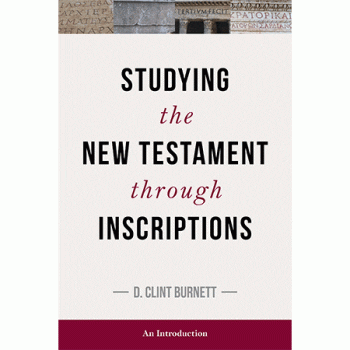If I had to summarize what are the salient features of Trinitarian belief, they could be summarized using the acronym TRIUNE:
There is only one God, in three persons. God is one being, one indivisible unity, eternal and immaterial, yet this God subsists as three persons who are Father, Son, and Holy Spirit.
Relations of origins are paramount. The divine persons are differentiated by relations of origin, i.e. the Father is unbegotten, the Son is begotten, and the Holy Spirit proceeding.
Individual operations. The divine persons have roles appropriate to them, i.e. the Father is the Creator, the Son is redeemer, and the Spirit is renewer. But even then, their operations are inseparable, i.e. the Father involves the Son and Spirit in what he does, the Son is the Son of the Father and the bearer and dispenser of the Spirit, and the Spirit is sent by the Father through the Son.
United in being. The three divine persons exist in the same eternity, possess the same deity and power, and consist of the same substance (e.g. homoousios).
No subordination of rank, no multiplication of deities, no confusion of persons. God subsists as three equal persons, not three gods, not one god with three different faces, and not one supreme deity with an angelic deputy and an ethereal delegate.
Every Christian should be Trinitarian, not Unitarian, nor Jesus-monistic, nor pneumo-manic.
What do people think of that as a theological acronym?
I’m taking inspiration here from Roger E. Olson, The Mosaic of Christian Belief (Downers Grove, IL: InterVarsity Press, 2016), 141.











